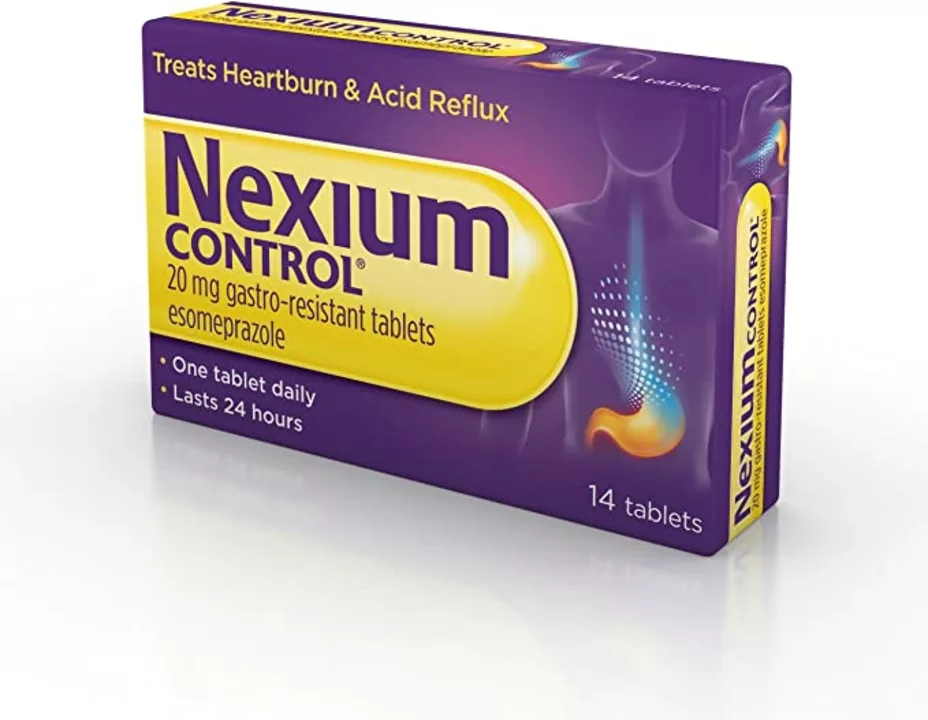Omeprazole — what it does, how to use it, and what to watch for
Do you get frequent heartburn or have a doctor talk about ulcers? Omeprazole is one of the most common medicines for acid problems. It lowers stomach acid, helps heal esophagitis and ulcers, and is often used with antibiotics to treat H. pylori. This page gives straightforward, useful info so you know how to use omeprazole safely.
How omeprazole works and when to use it
Omeprazole belongs to a class called proton pump inhibitors (PPIs). It blocks the stomach cells that make acid, so symptoms ease and damaged tissue can heal. Doctors prescribe it for GERD (reflux), peptic ulcers, H. pylori treatment combos, and to prevent ulcers when you need long-term NSAIDs. Over-the-counter options are available for short-term heartburn relief.
Typical OTC dose is 10–20 mg once daily for up to 14 days. Prescription doses often run 20–40 mg once daily and may be continued for 4–8 weeks or longer depending on the problem. For H. pylori treatment, omeprazole is paired with antibiotics and a specific dosing plan from your prescriber.
Practical tips: timing, side effects, interactions
Take omeprazole about 30–60 minutes before your main meal (usually breakfast). That timing helps the drug work best. Swallow capsules whole — don’t crush or chew sustained-release forms.
Common side effects are mild: headache, stomach pain, nausea, diarrhea or constipation. Bigger risks come with long-term use: lower magnesium, reduced B12 absorption, and a small increase in bone fracture risk. Also expect possible rebound acid if you stop suddenly — taper slowly with your doctor if you’ve used it long-term.
Drug interactions matter. Omeprazole affects the liver enzyme CYP2C19. This can reduce activation of clopidogrel (a blood thinner) and alter levels of some antifungals and HIV medicines. If you take clopidogrel or complex drug regimens, ask your prescriber if another PPI (like pantoprazole) might be safer.
When to see a doctor: seek help if you have severe chest pain, trouble swallowing, black or bloody stools, unexplained weight loss, or persistent vomiting. Those are "alarm" signs that need prompt evaluation.
Thinking of buying omeprazole online? Use licensed pharmacies, check for a visible pharmacist contact, read recent reviews, and avoid sites offering prescription drugs without a prescription. Cheap foreign pills can be real but risky — verify packaging, batch numbers, and shipping policies. If in doubt, get a local pharmacy or telehealth consult.
Short answer: omeprazole works well for many acid problems when used correctly. Use the right dose, watch for long-term issues, check for drug interactions, and buy only from reputable sources. If anything feels off, talk to your doctor — it's the fastest way to stay safe and get relief.
In my latest blog post, I explored the differences between Esomeprazole and Omeprazole, two popular medications for treating acid reflux. After researching both drugs, I found out that Esomeprazole is essentially a more potent form of Omeprazole, offering faster relief and better control of symptoms. However, Omeprazole tends to be more affordable and widely available. Ultimately, the choice between the two depends on individual needs and preferences, as well as a doctor's recommendation. It's essential to consult with a healthcare professional before starting any treatment for acid reflux.



